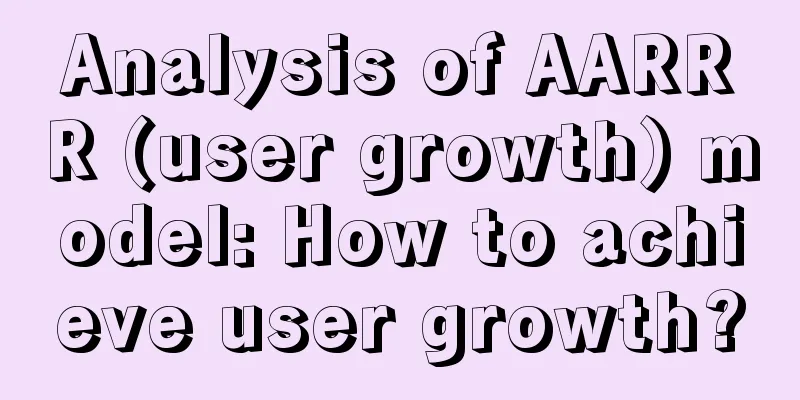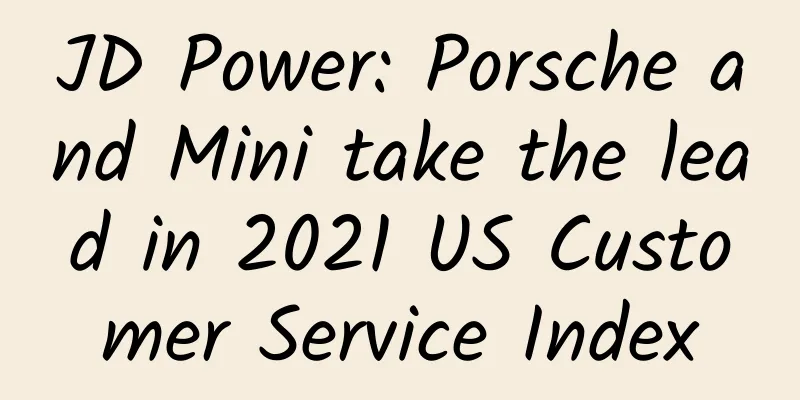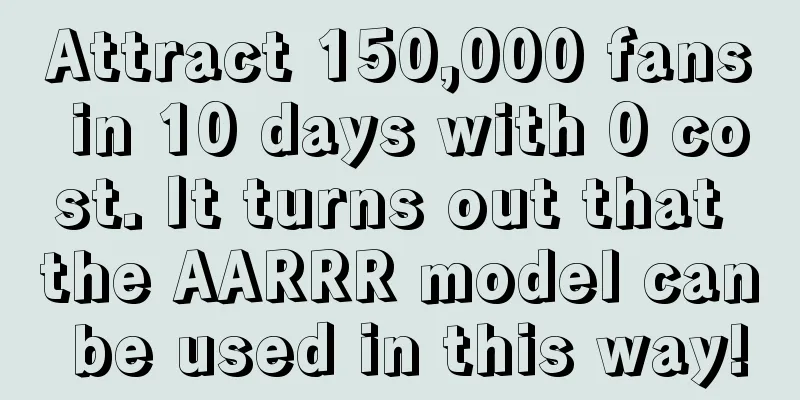What exactly is the "poison of the century" that makes people "terrified"?

|
Produced by: Science Popularization China Author: Denovo Producer: China Science Expo When we first hear the words "poison of the century", most people will inevitably feel a little creepy. However, when we mention words like automobile exhaust emissions, power generation and heating, and paper bleaching, we will think that these are necessary measures for industrial development and human social progress. However, it is precisely these common industrial manufacturing and emissions that are closely related to the "poison of the century" - dioxin. What exactly is the dioxin that makes people dread it? Dioxins (PCDD/Fs) do not refer to a single chemical substance, but to a group of polychlorinated planar aromatic hydrocarbon compounds with similar structures and physical and chemical properties. There are 210 isomers of dioxin, the most toxic of which is 2,3,7,8-tetrachlorosubstituted dibenzo-p-dioxin (2,3,7,8-TCDD). Less than 30 grams is enough to kill 1 million people. It is one of the most toxic and multi-toxic compounds to date. In addition, polychlorinated biphenyls (PCBs) and polychlorinated naphthalenes (PCNs) show toxic effects similar to dioxins and are defined as dioxin analogs, with 209 and 75 isomers, respectively. Dioxins, PCBs and PCNs are collectively referred to as dioxin-like pollutants. Chemical structures of PCDD/Fs, PCBs and PCNs (Source: Ren Meihui. Generation and distribution characteristics and chemical retardation mechanism of dioxins and their analogs from solid waste incineration sources [D]. Dalian: Dalian Institute of Chemical Physics, Chinese Academy of Sciences. 2021.) “The Poison of the Century” - Dioxin Pollutants As a class of semi-volatile compounds with environmental persistence, bioaccumulation, high toxicity and long-range migration characteristics, dioxins are diffusely present in environmental media such as water, soil, air, dust, and sediment, and are enriched in animals and plants through the food chain. In the environment, dioxins are easily enriched through the food chain. The higher the animal's position in the food chain, the higher the degree of dioxin accumulation. At the same time, dioxins have a long biological half-life. They are chemically stable and easily absorbed by fat tissue. Once ingested by the human body, they will accumulate in the body for a long time. The half-life in the body is estimated to be 7 to 11 years. Therefore, even if you are "contaminated" once, the poison will remain in the body for a long time; if you are exposed to dioxins for a long time, it can accumulate in the body and cause serious harm to your health. Dioxin is the most toxic substance discovered by mankind so far. Its toxicity is 130 times that of cyanide and 900 times that of arsenic. It has irreversible "teratogenic, carcinogenic, and mutagenic" toxicity and is regarded as "one of the most dangerous chemicals in the world". Once it penetrates into the environment, it is difficult to degrade and eliminate naturally, so it is also called the "poison of the century." Where do dioxins come from? **Dioxins are not intentionally created by humans, but mainly enter the environment in the form of industrial by-products with flue gas, residues or industrial products. **For example, waste incineration, steel smelting, paper bleaching and automobile exhaust are all channels for the production of dioxins. In addition, dioxins may also come from natural processes , such as volcanic eruptions and forest fires. Therefore, dioxins are often called unintentionally produced persistent organic pollutants (UP-POPs) and are included in the list of controlled substances in the Stockholm Convention on Persistent Organic Pollutants. Taking the waste incineration process as an example, since solid wastes such as urban domestic waste, medical waste and hazardous waste have complex components and contain rich inorganic chlorine, organic chlorine, metal elements and flammable substances, pollutants covering gas, solid and liquid phases can be produced after incineration. These pollutants mainly include particulate matter and heavy metals, acidic pollutants and incomplete combustion products. The presence of a large amount of small gas molecules, metal chloride salts and incomplete combustion products in flue gas provides the material basis for the generation and release of dioxins and their analogues. Depending on the reaction temperature and reaction medium, the formation mechanism of dioxins and their analogs can be divided into two categories: high-temperature homogeneous synthesis (500-800℃, gas-phase reaction) and medium-low temperature heterogeneous synthesis (200-450℃, gas-solid reaction or solid-solid reaction). Among them, medium-low temperature heterogeneous synthesis can be divided into de novo synthesis, precursor generation and direct chlorination generation . In essence, these four mechanisms overlap and form a reaction network. Generation mechanism of dioxin pollutants during solid waste incineration (Source: Ren Meihui. Generation and distribution characteristics and chemical retardation mechanism of dioxins and their analogs from solid waste incineration sources [D]. Dalian: Dalian Institute of Chemical Physics, Chinese Academy of Sciences. 2021.) Since dioxin is so terribly toxic, is there any way to effectively control or treat it? At present, the emission reduction and control technologies of dioxin pollutants in the process of solid waste incineration can be divided into two categories: source control methods and end-of-pipe treatment methods. Source control is to optimize the combustion conditions to destroy the original dioxin pollutants in the solid waste as much as possible and reduce the generation of dioxin pollutants and precursor substances. Large modern waste incineration facilities generally adopt the "3T + E" technology, which is to control the incineration temperature (temperature), stirring and mixing degree (turbulence), gas residence time (residence time) and excess air rate (excess air number) to reduce the generation and emission of dioxin pollutants. As for the end-of-pipe treatment method, it is to use certain technical means to reduce the regeneration of dioxin pollutants in the post-combustion stage, while capturing, removing or eliminating the dioxin pollutants that have been generated. Large modern waste incineration systems are usually equipped with deacidification towers, activated carbon injection devices and bag filters to remove dioxin pollutants from flue gas. In addition, the selective catalytic reduction (SCR) technology is recommended by the United Nations Environment Programme (UNEP) as the best available technologies and best environmental practices (BAT/BEP) to reduce dioxin emissions from the incineration process of municipal solid waste, and the removal efficiency of dioxins in incineration flue gas can reach more than 90%. In addition to the above methods, chemical retardants can be directly mixed into the garbage or sprayed into the garbage incineration flue gas to control the reaction atmosphere and reaction temperature of the incineration flue gas, thereby blocking the generation of dioxin pollutants from the source. Chemical retardation technology does not require technical transformation of the existing incineration system when applied, and is a dioxin pollutant reduction control technology with good application prospects for incineration source. "Health Killer" - Dioxin The harm of dioxin to human body can be divided into two types: carcinogenic harm and non-carcinogenic harm. Although dioxins do not directly damage DNA and do not have the ability to directly cause cancer, they can promote tumorigenesis for DNA damage that has already occurred. Dioxins promote the occurrence of lung, liver, mucosal and skin cancers, and have multi-point, indiscriminate carcinogenic effects. In addition, dioxin exposure has led to an increase in the incidence of all cancers, such as non-Hodgkin's lymphoma, multiple myeloma, myeloid leukemia, lymphohematopoietic tumors, lung cancer, colorectal cancer, breast cancer, liver cancer, prostate cancer, melanoma, respiratory cancer, etc. The International Agency for Research on Cancer has classified 2,3,7,8-TCDD, 2,3,4,7,8-PeCDF and PCB-126 as Class 1 carcinogens. Even if some of the hazards caused by dioxins are non-carcinogenic, they can still have some serious consequences, such as reproductive toxicity leading to decreased semen quality, decreased male sex ratio of offspring, endometriosis, etc.; developmental toxicity leading to premature birth, intrauterine growth retardation, stillbirth, pigmentation, impaired tooth development, etc.; and immunotoxicity leading to increased incidence of diabetes and hypertension. It is undeniable that dioxin exposure, whether carcinogenic or not, will have adverse effects on human health. Are there dioxins in food? The Fifth China Total Diet Study showed that aquatic products and meat are the main sources of dioxin intake for Chinese residents, among which aquatic products (42.0%) > meat (37.9%) > dairy products (12.2%) > eggs (7.9%). Produce and meat are the main sources of dioxin intake for Chinese residents (Source: Wu Yongning, Zhao Yunfeng, Li Jingguang. The Fifth Chinese Total Diet Study [M], Science Publishing House, 2018.) If we divide the food we consume daily into two categories: animal-derived food and plant-derived food, the content of dioxins in animal-derived food is much higher than that in plant-derived food. Studies have shown that there are several patterns in the content of dioxins in animal-derived food, namely, aquatic animal food is higher than terrestrial animal food; coastal food is higher than inland food; and the content in animal viscera is much higher than other parts. Dioxin-like contaminants in foods of animal origin (Source: Sun S., Cao R., Jin J., et al. Accumulation characteristics and estimated dietary intakes of polychlorinated dibenzo-p-dioxins, polychlorinated dibenzofurans and polychlorinated biphenyls in plant-origin foodstuffs from Chinese markets[J]. Science of the Total Environment, 2021, 775: 145830.) Among plant-based foods, the dioxin content in vegetable oils is far higher than that in other categories; the content in cereals and beans is significantly higher than that in potatoes, vegetables and edible fungi; among them, the accumulation level in leafy vegetables is 1.4-6.2 times that of mixed samples of other vegetables and edible fungi. It can be said that more than 90% of dioxins in the human body come from the food we eat, so a proper diet is very important. In the daily diet, a small amount of seafood and animal liver can supplement trace elements, but excessive consumption will increase health risks. Therefore, in order to reduce excessive intake of dioxins, it is necessary to avoid excessive intake of seafood and animal liver. Dioxin-like contaminants in foods of plant origin (Source: Sun S., Cao R., Lu Conclusion Unexpectedly, in addition to incineration industrial emissions and paper bleaching industry, private car travel and daily diet in daily life are inextricably linked to the "poison of the century". Fortunately, humans are not helpless against it. Through exercise to improve immunity, a healthy diet, the promotion of waste classification, collection and treatment, and the use of dioxin source reduction and coordinated emission reduction control technologies, we can effectively reduce dioxin emissions and their harm to the human body. As researchers gain a clearer understanding of the formation mechanism of dioxin pollutants, they will surely formulate scientific and effective emission reduction control technologies and strategies to control the emission of dioxin pollutants within a safe range and gradually reduce the exposure level of dioxin pollutants in the diet. References: 【1】Ren Meihui. Generation and distribution characteristics and chemical retardation mechanism of dioxins and their analogs from solid waste incineration sources[D]. Dalian: Dalian Institute of Chemical Physics, Chinese Academy of Sciences. 2021. 【2】Wu Yongning, Zhao Yunfeng, Li Jingguang. The Fifth Chinese Total Diet Study[M], Science Publishing House, 2018. 【3】Sun S., Cao R., Jin J., et al. Accumulation characteristics and estimated dietary intakes of polychlorinated dibenzo-p-dioxins, polychlorinated dibenzofurans and polychlorinated biphenyls in plant-origin foodstuffs from Chinese markets[J]. Science of the Total Environment, 2021, 775: 145830. 【4】Sun S., Cao R., Lu X., et al. Levels and patterns of polychlorinated dibenzo-p-dioxins and dibenzofurans and polychlorinated biphenyls in foodstuffs of animal origin from Chinese markets and implications of dietary exposure[J]. Environmental Pollution, 2021, 273: 116344. |
Recommend
Subsidy reduction, joint ventures challenge each other, how will domestic brands impact the new energy vehicle market
In 2016, the sales volume of China's new ener...
The third phase of Cai Wenchuan Photographer IP Camp helps photographers increase their followers and monetize their products, and build their personal brands (including phases 1 and 2)
Cai Wenchuan Photographer IP Camp Phase 3, helpin...
[Popular Science of Chinese Military Technology] What changes will big data technology bring to future battlefields?
With the advent of a new round of technological r...
Is it true that a mad dog bite will cause the patient to make a barking sound? Is there any cure for this disease?
If you are bitten by a mad dog and don't get ...
4 methods and pain points of APP monetization!
If an app does not have a good commercial monetiz...
Why does the verification code always appear when registering a Baidu promotion account?
If the verification code cannot be displayed norm...
Gigabyte, which plays two-faced roles and eats and ruins the pot, is about to see its good days in the mainland market come to an end
Gigabyte, an electronics brand from Taiwan Provin...
Perfect Diary Traffic Growth Code Crack Guide
The sudden outbreak of the epidemic has disrupted...
What are the specific preferential treatment standards in 2022? Attached is the latest list of pension standards for preferential treatment recipients!
In recent years, the standards for preferential t...
How much does it cost to attract investment in Lanzhou Entertainment Mini Program? What is the investment price for Lanzhou Entertainment Mini Program?
Starting a business requires costs, and mini prog...
9 Things Cancer Cells Fear the Most, Be Sure to Do Them More Often! Save Them Now
When it comes to cancer, many people are frighten...
Does your oCPC advertising really work?
oCPC is now a familiar concept. You may not have ...
The day after tomorrow, a mysterious "X" will appear on the moon's surface...
Original title: "A date with the starry sky丨...









